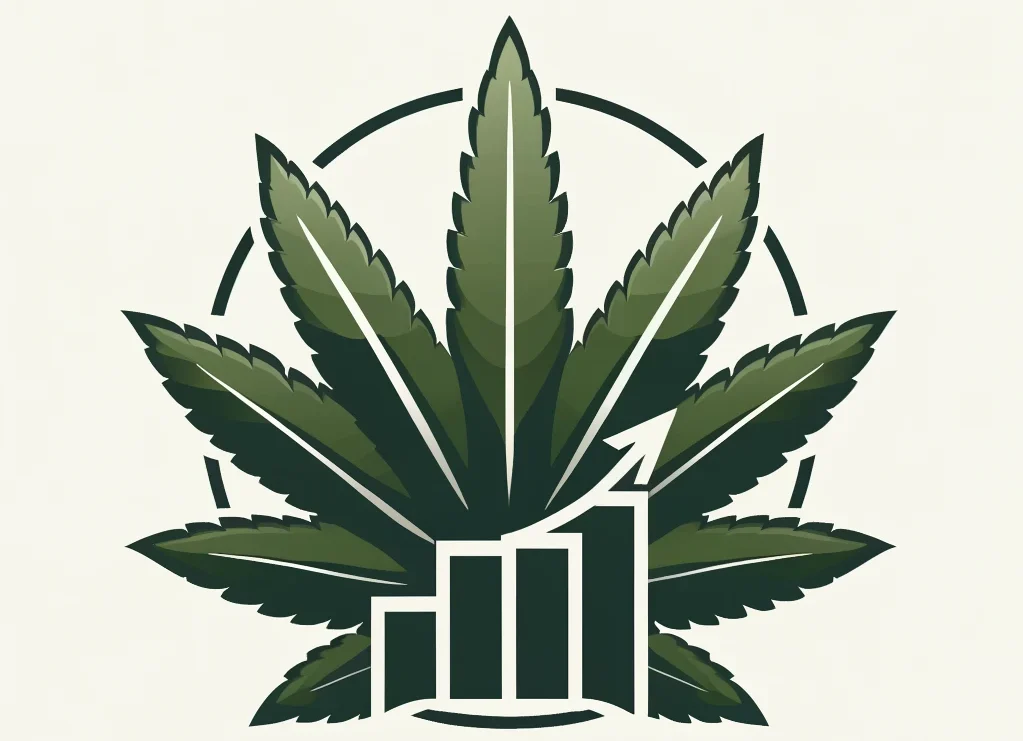To Fim cannabis, wait until the plant has three nodes and is in the growth stage. Guarantee a strong root system and sturdy stems. Make precise cuts above new growth with sharp scissors. Cutting 75-80% during the vegetative stage promotes lateral branch growth. Maintain cleanliness with tools like alcohol wipes. Fimming encourages bushier growth, denser canopy, and better light exposure. Combining Fimming with other techniques enhances plant productivity and yield. Use proper techniques to stimulate lateral branch development for increased yields. Following these steps effectively enhances yields and plant growth potential.
Key Takeaways
- Wait for plant to have at least three nodes before Fimming.
- Use sharp scissors to cut 70-80% of new growth.
- Promote lateral branch growth for bushier plants.
- Ensure precise cuts above emerging new growth.
- Encourage multiple colas for increased yields.
Timing for Fimming Cannabis
When considering the timing for Fimming cannabis, it's crucial to wait until the plant has developed at least three nodes during the growth stage after the seedling phase. This period allows the plant to establish a robust root system and sturdy stems, setting the foundation for successful Fimming.
Fimming, a technique used to promote the growth of new branches, should be executed with precision to avoid causing excessive stress to the plant. By waiting for the plant to reach the appropriate growth stage, you enhance the plant's capability to recover swiftly post-Fimming. This careful timing guarantees that the plant can redirect its energy towards developing lateral growth, ultimately maximizing its potential during the growth phase.
Fimming Process Step by Step
To carry out the Fimming process effectively, it's essential to make precise cuts on the cannabis plant to promote lateral branch growth and enhance canopy density. Fimming Cannabis plants involves cutting about 75-80% of the new growth during the vegetative stage. Using sharp scissors, make a clean cut above the node where new growth emerges.
This cutting technique encourages the plant to redirect its growth hormones, resulting in the development of multiple new shoots. Following Fimming, the plant typically undergoes new growth within a few days as it enters a recovery period. Make sure you have the necessary tools like sharp scissors, alcohol wipes for sterilization, tweezers for precision, gloves, and a clean work surface to assist in achieving a denser canopy through Fimming.
Benefits of Fimming Cannabis
How do the benefits of Fimming Cannabis contribute to optimizing plant growth and yield potential?
Fimming, similar to topping, encourages lateral branches, resulting in bushier growth. This technique leads to a denser canopy, which translates to increased yields during harvest.
By redirecting growth hormones, Fimming guarantees a more even distribution of buds across the plant. Additionally, the increased number of colas produced by Fimming maximizes light exposure, further enhancing yields.
When combined with methods like SCROG, Fimming can greatly boost harvest potential by maximizing space usage and light penetration. Essentially, Fimming is a valuable tool for cannabis growers seeking to enhance their plant's growth and overall productivity.
Combining Fimming With Other Techniques
Combining FIM with other techniques in cannabis cultivation enhances plant productivity and yield potential through synergistic effects on canopy development and light utilization.
When FIM is combined with SCROG, it can maximize harvest by creating a dense canopy ideal for increased bud production. FIM encourages multiple tips per stem, particularly beneficial for SOG plants.
SCROG complements FIM by utilizing lateral growth for best light exposure, resulting in enhanced yields. These training techniques work together to enhance the surface area of the canopy, promoting bushy plant structures.
Correct Techniques for Fimming
When performing Fimming on cannabis plants, it's essential to cut 70-80% of the new growth to stimulate lateral branch development. Here are key points to bear in mind for successful Fimming:
- Promoting Bushier Growth: By removing the apical meristem, the plant redirects its energy to lower nodes, encouraging lateral branch growth.
- Creating a Denser Canopy: Fimming results in a bushier plant with multiple colas, ultimately leading to a thicker and more productive canopy.
- Maximizing Yield: The increased number of colas from Fimming can greatly enhance the overall yield of the plant.
- Utilizing Proper Tools: Sharp scissors and sterile equipment are vital for precise cuts and to prevent infections, ensuring a successful Fimming process.
Frequently Asked Questions
What Is the Fim Method for Cannabis?
FIM technique enhances cannabis growth by promoting lateral branches, resulting in more colas for increased yields. Done in the vegetative stage, it redirects plant energy for bushier growth. FIM is a high-stress training method with significant benefits.
How Early Can You FIM Cannabis?
I start Fimming cannabis at 3-5 nodes for best results. Timing is essential for successful lateral branch growth and plant health. Early techniques boost canopy development, but frequent Fimming can stress plants, impacting recovery and nutrient needs.
Does Fimming Increase Yield?
Fimming, a technique that involves cutting the top part of a cannabis plant, can indeed increase yield. By stimulating lateral branch growth, it promotes more bud development, leading to a denser canopy and ultimately enhancing the overall harvest.
How Long Does It Take Cannabis to Recover From Fimming?
Recovery time post-fimming varies, typically within 3-7 days. New growth emerges in about a week. Healthy plants with robust roots recover faster. Monitoring plant response aids in adjusting care for best recovery, ensuring vigorous growth.
Conclusion
To summarize, mastering the art of Fimming cannabis can greatly enhance plant growth and yield. By strategically removing the top growth tips, growers can promote lateral branching and ultimately increase bud production.
Combining Fimming with other techniques such as topping can further optimize plant growth. It's crucial to follow correct techniques and timing to guarantee successful Fimming results.
With practice and precision, growers can tap into the full potential of their cannabis plants.




